The Core Concept: In a Nutshell
Windows Server is a brand of operating systems (OS) specifically developed by Microsoft for servers. In simple terms, it's the powerful, backend version of the Windows you use on your desktop or laptop, designed to be the central hub that provides services, resources, and infrastructure to other computers and users on a network.
Think of it this way:
-
Windows 10/11 (Desktop OS): Designed for a single user to run applications like a web browser, Word, or games. It's the client.
-
Windows Server (Server OS): Designed to run continuously to provide services like hosting websites, storing files for an entire company, managing user logins, or running databases. It's the central provider.
Key Characteristics of Windows Server
What makes it different from a regular desktop OS?
-
Headless Operation: It can be installed and managed without a graphical user interface (GUI) in a "Server Core" mode, which drastically reduces its size and vulnerability to attacks. Administration is done remotely from another computer.
-
Powerful Hardware Support: It supports vastly more powerful hardware, including multiple physical CPUs, enormous amounts of RAM (Terabytes), and extensive storage spaces.
-
Server-Specific Roles & Features: It includes specialized software to perform specific tasks, known as "Roles." Common roles include:
-
Active Directory Domain Services (AD DS): The heart of many corporate networks. It creates a domain to centrally manage users, computers, security policies, and authentication. (When you log into a company computer, you're likely talking to a Windows Server running Active Directory).
-
DNS Server: Translates human-readable domain names (like
google.com) into machine-readable IP addresses. Essential for internet and network communication. -
DHCP Server: Automatically assigns IP addresses to computers on a network, so you don't have to configure each one manually.
-
File Services: To create centralized, shared storage for company files with advanced permissions and redundancy.
-
Web Server (IIS): To host websites and web applications.
-
Hyper-V: A virtualization platform that allows you to create and run multiple virtual machines (VMs) on a single physical server. This is a huge cost and energy saver.
-
-
Enhanced Security: It includes advanced security features for encryption, access control, network protection, and threat detection that are far more granular and powerful than a desktop OS.
-
Licensing Model: It is licensed per physical processor core (not per user or device), which is a significant cost and planning consideration for businesses.
Common Use Cases and Examples
Windows Server is the unseen foundation for countless business operations:
-
Corporate Offices: Managing all employee user accounts, logins, and security permissions.
-
File Storage: Hosting shared network drives (e.g., the
H:drive or department shares). -
Internal Websites: Hosting a company's internal intranet site or a business application like SharePoint.
-
Databases: Running critical business software that relies on databases like Microsoft SQL Server.
-
Virtualization: A single powerful server running Hyper-V can host dozens of virtual servers, each performing a different task (one for files, one for databases, one for web, etc.).
-
Remote Access: Providing VPN and Remote Desktop Services so employees can securely work from anywhere.
Editions of Windows Server
Microsoft releases new versions of Windows Server every few years. The current and recent editions are:
-
Windows Server 2022: The latest stable long-term servicing channel release, with advanced multi-layer security, hybrid cloud capabilities, and Azure integration.
-
Windows Server 2019: The previous long-term servicing channel release, still very widely deployed.
-
Windows Server 2016: The foundation for many of the features in 2019 and 2022.
These editions come in different tiers to suit different needs, such as Standard (for most physical or lightly virtualized servers) and Datacenter (for highly virtualized and software-defined datacenter environments).
How is it Different from Regular Windows?
| Feature | Windows Server | Windows 10/11 (Desktop) |
|---|---|---|
| Primary Purpose | Provide services to other computers | Run applications for a single user |
| User Interface | Often minimal or headless (managed remotely) | Full, user-friendly GUI |
| Hardware Limits | Very high (TB of RAM, 64+ CPU cores) | Much lower (2 TB RAM, 2 CPU sockets) |
| Key Software | Active Directory, DNS, DHCP, Hyper-V | Microsoft Office, Chrome, Games |
| Licensing | Per core, complex | Per user/device, simpler |
| Cost | Expensive (thousands of dollars) | Affordable for consumers |
Conclusion
In summary, Windows Server is the powerful, specialized operating system from Microsoft that forms the backbone of most business IT infrastructure. It is the silent workhorse that manages networks, stores data, authenticates users, and hosts applications, enabling the modern connected workplace. You don't interact with it directly, but you use its services every time you log into a work computer or open a file on a company shared drive.
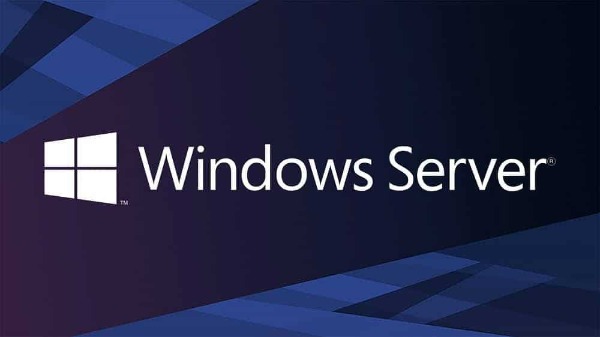
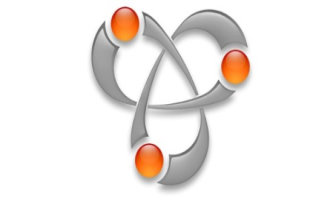



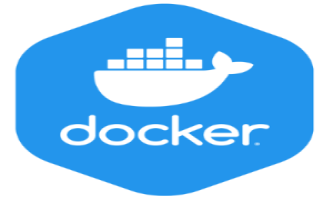

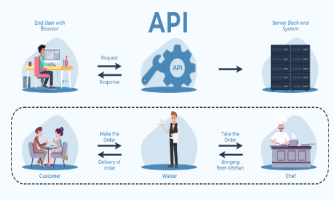
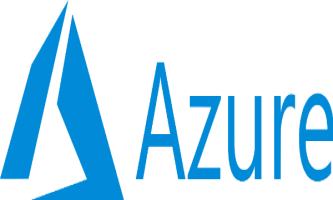
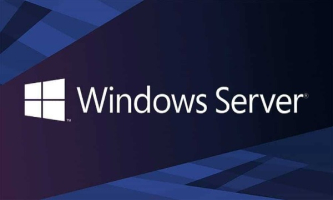

Comments powered by CComment